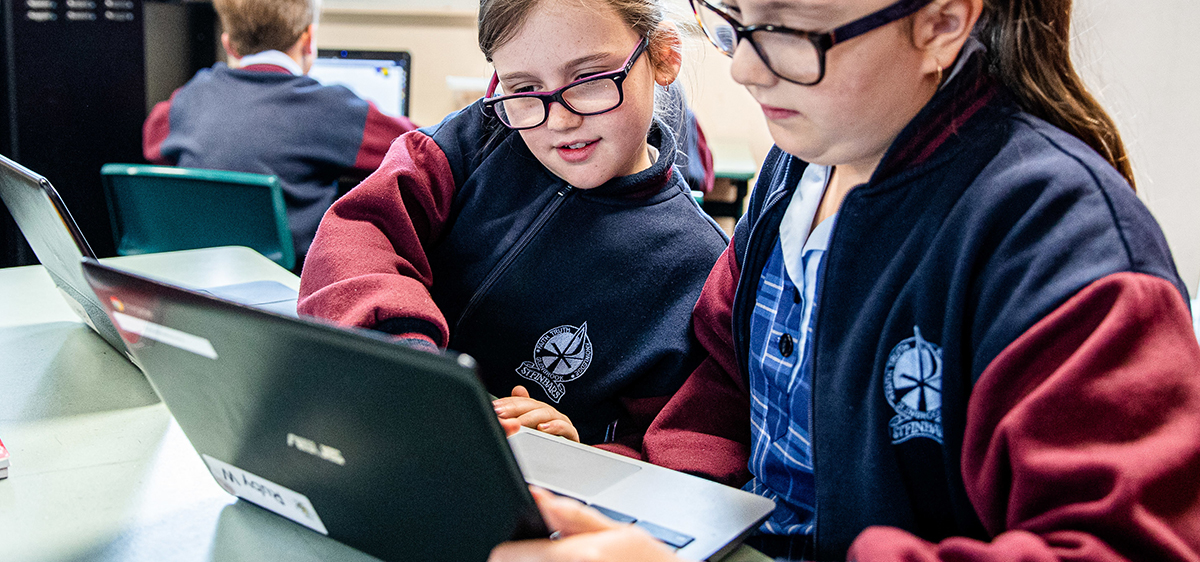This week, I continue to share my learnings and insights from the book, Mathematical Mindsets, by Jo Boaler.
At last nights Parents and Friends meeting, I facilitated a workshop on the importance of challenge. The challenge to get our students to think in different ways, when solving a problem. With each problem, multiple strategies can be used. We also made the connection to the visual representation of mathematical problems. It is important for us as mentors, educators, supporters and facilitators of learning that we can notice and make sense of their mathematical understanding.
The key to understanding maths is making sense of it. Many students believe that maths is a set of steps or facts that have to be remembered - this belief is associated with low achievement. Maths is a very creative subject that is, at its core, about visualising patterns and creating solution paths that others can see, discuss and critique.
Some methods for encouraging sense making and creative mathematical thinking are here:
1. Always ask students – why does that make sense? Ask this whether their answers are correct or incorrect.
2. Value the different ways students see mathematics and the different solution pathways they create. I often share with students that the most beautiful part of mathematics, for me, is the fact that every idea and question can be seen and solved in different ways.
3. Encourage visual mathematics. Ask students to draw mathematical ideas and solutions. Ask them to think about how they see math.
4. Use number talks that value students’ different ways of seeing maths and solving problems. Watch this video of me teaching a dot card number talk to 6th graders, and telling them that this shows the amazing creativity in mathematics: https://www.youcubed.org/resources/jo-teaching-visual-dotcard-number-talk/
5. When students finish home learning questions, ask them to think of new, harder questions. These could be questions that they might use to challenge someone else at home. This is a really good strategy for differentiation.




